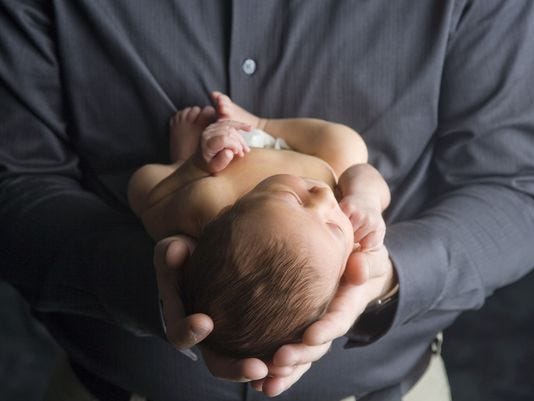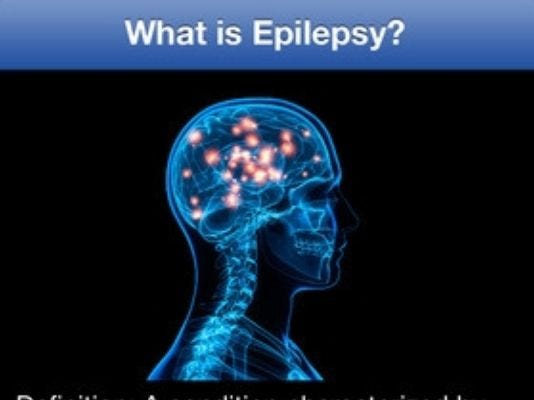A study from the Scientific American claims that childhood obesity is largely determined by environmental factors, not genetics as other studies have claimed. JR
New evidence is confirming that the environment kids live in has a greater impact than factors such as
genetics, insufficient physical activity or other elements in efforts to control child obesity. Three new studies, published in the April 8
Pediatrics, land on the import of the 'nurture' side of the equation and focus on specific circumstances in children's or teen's lives that potentially contribute to unhealthy bulk.
In three decades child and
adolescent obesity has tripled in the U.S., and estimates from 2010 classify more than a third of children and teens as overweight or obese.
Obesity puts these kids at higher risk for type 2 diabetes, cardiovascular disease,
sleep apnea, and bone or joint problems. The variables responsible are thought to range from too little exercise to too many soft drinks. Now it seems that blaming Pepsi or too little PE might neglect the bigger picture.
"We are raising our children in a world that is vastly different than it was 40 or 50 years ago," says
Yoni Freedhoff, an obesity doctor and assistant professor of medicine at the University of Ottawa. "Childhood obesity is a disease of the environment. It's a natural consequence of normal kids with normal genes being raised in unhealthy, abnormal environments." The environmental factors in these studies range from the seemingly minor, such as kids' plate sizes, to bigger challenges, such as school schedules that may keep teens from getting sufficient sleep. But they are part of an even longer list: the ubiquity of fast food, changes in technology, fewer home-cooked meals, more food advertising, an explosion of low-cost processed foods and increasing sugary drink serving sizes (
pdf) as well as easy access to unhealthy snacks in vending machines, at sports games and in nearly every setting children inhabit—these are just a handful of environmental factors research has linked to increasing obesity, and researchers are starting to pick apart which among them play bigger or lesser roles in making kids supersized.
Size matters in "obesogenic environments"
In
one of the three new studies dishware size made a big difference. Researchers studied 42 second-graders in which the children alternately used child-size 18.4-centimeter (7.25-inch) diameter plates with 237-milliliter (8-ounce) bowls or adult-size 26-centimeter (10.25-inch) diameter plates with 473-milliliter (16-ounce) bowls. Doubling the size of the dishware, the researchers found, increased the amount of food kids served themselves in a buffet-style lunch line by an average of 90 calories. They ate about 43 percent of those extra calories, on average.
Although kids can typically adjust their energy intake by regulating their food, Temple University public health professor Jennifer Fisher says, their surroundings and options may change that equation for kids in the same way that it does in adults. "This notion that children are immune to the environment is somewhat misguided," says Fisher, who headed up the study. "To promote self-regulation, you have to constrain the environment in a way that makes the healthy choice the easy choice."
Fisher says much recent research in nutrition has focused on the "
obesogenic" environments of today's society: a dietary environment offering widespread access to highly palatable foods in large portion sizes. "If we look at adult studies on dieting and weight loss, we know that the prospect of maintaining self-control in this environment is fairly grim," Fisher says. "I think most scientists believe our bodies have evolved to pretty staunchly defend hunger and prevent weight loss, and maybe are not so sensitive in preventing overconsumption."
Link between obesity and screen time
Overconsumption might be a key component in the link between obesity and screen time, too, according to
another of the new studies. Although past research already had linked increased TV time to widening waistlines, this study dug deeper. Ninety-one 13- to 15-year-olds filled out diaries for TV, video games and computer use during a one-week period. About four to seven times a day the teens were paged to record what they were paying the most attention to at that particular moment, followed by activities receiving their second- and third-most attention. "Kids live in a multitasking world," says Harvard Medical School
pediatrics professor David Bickham, lead author of the screen-time study. "We're trying to assess their technology use when they're using different forms of technology at once."
Bickham says three theories have been floated for the link between screen time and obesity: food advertising, unconscious eating and displacement—that is, the idea that the media use replaces physical activity. His team's findings lent more support to the first two variables and less to the third. They found video games and computer use had no impact on BMI (body mass index). Television did, but only if it was the main event. Background TV, for example, didn't matter.
"We're saying the level of attention may make a difference," Bickham says. "You have to pay attention to advertising for it to have the impact, and [food] advertising is much less common in computers and video games. In terms of unconscious eating, when you're watching TV, your hands are free and you're stimulating your senses with the TV, so concurrent eating is more likely to happen." Previous research (
pdf) has found
support for both these theories, such as a study earlier this year showing that neighborhoods with more food and soft drink
outdoor advertising had higher rates of obesity. Freedhoff adds that even viewing commercials for fruits and vegetables has been shown to increase consumption of unhealthy foods. "Our hunger hormones have been honed after millions of years of dietary insecurity, so when we want to eat, we tend not to crave green leafy salads," he says.
Less physical activity is not the problem
The screen-time study did find that kids engaged in more physical activity had lower BMIs, but that does not mean that more exercise is keeping those teens lighter, Freedhoff says. "What we've seen for so many years is research looking at physical activity as the preventative or the curative solution for childhood obesity, but the data on physical activity as a means to set children's weight is abysmal," he says. "What this study confirmed is that screen time increases obesity consequent to calorie intake, not to a lack of physical activity. That's a crucial message that people don't understand—obesity is not a disease of inactivity."
The third new study, looking at the link between
sleep duration and obesity in teens, further blunts the idea that physical activity accounts for much of the increase in kids' weight. Researchers tracked nearly 1,400 teenagers from ninth through 12th grade and found, like past studies, that less
sleep translates to higher BMIs. By analyzing BMI distribution rather than using cutoff points, University of Pennsylvania postdoctoral fellow Jonathan Mitchell says his team detected much stronger sleep effects among already obese teens. The effect of each additional hour of sleep among teens in the 90th BMI percentile was twice as big as among those in the 10th percentile. Increasing sleep from 7.5 to 10 hours a day among 18-year-olds could shave four percentage points off the proportion of teens with a BMI over 25, the researchers predicted.
They also looked at the teens' physical activity levels. "If you're sleeping less, you're fatigued during the day and less likely to be active," Mitchell says. "But the link we observed was not fully explained by lower levels of physical activity." Another possibility is that being awake longer means more opportunities to eat, but Mitchell's team did not look at dietary intake. Past research has also found that
sleep deprivation might alter the body's
regulation of hormones leptin and ghrelin, which control satiety and hunger. Or, the problem may not the total caloric intake but the timing of eating, Mitchell says. He noted mice studies where the nocturnal critters became obese if they ate during day and night but remained a normal weight if they only ate at night.
Regardless of the mechanism, these findings also support the notion that the entirety of kids' 21st-century environment—not their self-control or reduced physical activity—is the key culprit in the rise in
obesity. "People like to make obesity a disease of blame, but the last 40 years has not seen an epidemic of our children losing willpower," Freedhoff says. "There are dozens and dozens of these environmental factors. Unless we reengineer our children's environments, we are not likely to see any changes in children's weights."
Freedhoff points to cities such as
Philadelphia and New York, where modifying children's environments, especially in schools, may be responsible for recent reductions in obesity. Philadelphia removed sugary drinks from vending machines in 2004, then reduced snack food serving sizes, removed deep fryers from school cafeterias and replaced whole milk options with 1 percent and skim. Outside of school, more than 600 corner stores participate in the
Food Trust initiative to stock their shelves with healthier snacks. New York has instituted new nutrition standards in schools (
pdf) and daycare centers, as well as screen-time limits in day cares. The two metropolises also have some of the most
comprehensive menu labeling laws in the country.
"This is a lot more complicated than ‘eat less, exercise more,'" Freedhoff says. "If weight management or childhood obesity prevention and treatment were intuitive, we'd have a lot of skinny kids running around." Freedhoff himself is developing a program for families that focuses on "redrafting" kids' and families' environments, starting with more home cooking. "Every parent would die for their child, but most won't cook for their children on a consistent basis with whole ingredients," he says.
But Freedhoff also says the problem of increasing childhood obesity cannot be tackled by parents alone. He suggests starting with changes within school boards, sports teams, PTAs and others who already care about kids. "What I'm amazed by is the constant use of fast food to pacify children and
reward children—there is no event too small for candy or fast food." There are many places communities could start: making school lunches healthier, ditching vending machines and access to fast food inside schools, not celebrating sports wins at fast food joints, and ending the use of candy or fast food as rewards, such as "pizza days" and other unhealthy food-themed school events, to name a few. "People don't appreciate that parents are around children a minority of their days," he says, so it really will take a village to turn back the clock in terms of kids' environments. "If we had a time machine, it would be the world's best weight-loss program," Freedhoff says. "It's the world that has changed, not people."









